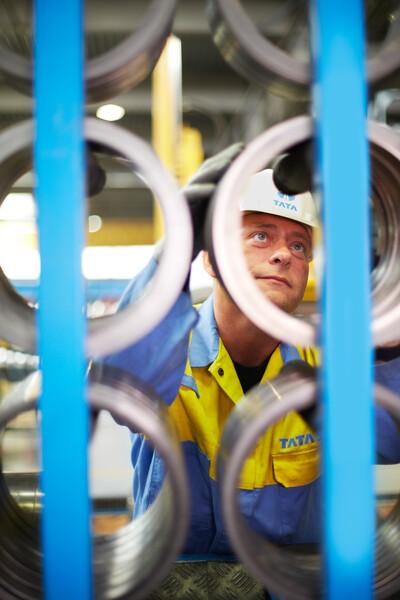So far I have been looking at EVs like a typical consumer: judging performance based on easily accessible, public information. But is this enough to make a proper choice? Since my work allows me to know much more about EVs than the average consumer, should I let this knowledge play a role in my judgement? In my view the answer is yes. Knowing more about how vehicles are built enables me to make a better decision as it will allow me to judge better why they achieve a certain performance level on the aspects that I find important.
But making the step from the consumer to the expert perspective not only allows me to achieve a more thorough understanding of the EV performance, it also enables me to add one other important element to the list of criteria: true sustainability. In fact, one of the main reasons why I am considering an EV as my next vehicle is that I would like to contribute to the reduction of greenhouse gas emissions and global warming. Well, if that is the case, it does not make sense to judge an EV only on the basis of its in-use performance. I should also take into account the way it is built and how it can be recycled.
A truly sustainable vehicle is one with a minimal burden on the environment, the earth’s natural resources and society over its complete life cycle. For a contemporary EV, being very complex and basically still at its infant stage, optimisation on the basis of true sustainability is hard. But car manufacturers must realise that within the next 10 years their customers, be they consumers or other companies, will start to demand products that are optimised with this target in mind. And since the development of a new EV takes many years, this life-cycle-driven development must start within a few years.
Looking at the individual components of an EV, there are many different areas where more sustainable technologies can be implemented. Batteries use scarce resources like lithium and cobalt, electric motors use permanent magnets that contain the rare-earth metal neodymium, and the battery housing, as well as the crash management components and outer panels, are made from steels coated with a layer of zinc or from pure aluminium.
In order to become more sustainable, car manufacturers should choose materials and technologies that put a lower burden on the environment during raw material extraction and emit less CO2 during downstream processing. But at the same time they should ensure that the vehicle performance is maintained at the appropriate level. In order to solve this puzzle, it is absolutely necessary for car manufacturers to design their next generation EVs holistically, while at the same time suppliers are developing new technologies that are more sustainable but also enable an equal or better performance of the end product. Working together we can make a difference.
Steel is still the most recycled material on the planet. It is versatile and can be applied in many EV components to optimise performance, reduce cost and weight and work towards a reduced carbon footprint. The latest advanced steel grades help to optimise electric motors towards higher torque and power density, even if permanent-magnet free concepts are chosen. Automotive batteries can be designed for higher energy density by choosing battery formats that are more volume efficient and can withstand higher pressures during charging and discharging. And using the latest Ultra High Strength Steels means that crash components can be constructed to be light and safe, protecting not only the passengers but also the battery from crash loads.
Would you like to know more about Tata Steel’s vision for electrification in the automotive industry? View our EV webinar here.
>> Return to the main Automotive blogs page















































































































































































